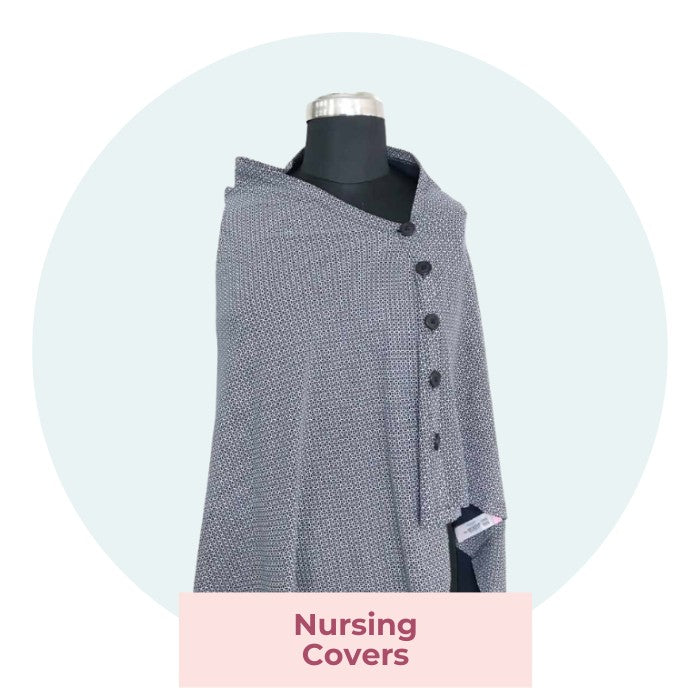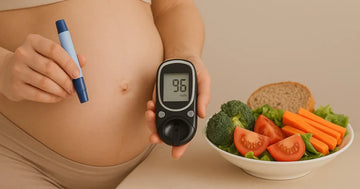
Image Credit: AI
Labour is typically the final phase of pregnancy, leading to the baby’s birth. It usually involves three stages – shortening and opening of the cervix, descent and birth of the baby and delivery of the placenta. Every woman’s experience of labour is different. Hence, it is difficult to categorise the feeling of ‘being in labour’; however, there are certain signs of labour approaching that may help you know when you are in labour, like –
- Severe lower back pain or abdominal pain with cramps.
- Painful contractions that might be irregular.
- Water breaking is a sign that your membranes have ruptured.
- Disrupted sleep patterns and intense emotions are also common.
You might experience one or more of these early signs of labour. There is a significant amount of time between pre-labour and labour, ranging from hours to even days; however, sometimes pre-labour can blend into active labour, making it hard to tell when one ends and the other begins. In several cases, women can work out when labour started after they have been through it.
Read further to see answers to some common queries that women have about labour –
What Is Braxton Hicks? How Do They Feel?
Braxton Hicks contractions are also called ‘false contractions’ because they don’t cause cervical dilation. They make you wonder whether ‘I am in labour’ or you might wonder if they’re signs of real labour, but they’re not. Most women describe these contractions as a feeling of mild menstrual cramps, while some refer to them as a tightening in the abdomen that comes and goes. If you are in doubt about whether the contracts are Braxton hicks or real contractions, it’s better to err on the safer side and go to the hospital.
Also read: 7 Must-Haves In Your Hospital Bag
How Do I Count Contractions?
Contractions are the intermittent tightening of the uterine muscles and start mildly during pre-labour and become more intense closer to delivery. You can think of a contraction as a wave, with a dull pain at the start that gradually reaches its peak and then slowly subsides away. There is a significant rest time between each contraction, with each contraction typically lasting less than a minute. While timing contractions, count from the beginning of one to the beginning of another.
What Does Water Breaking Feel Like?
Water breaking means that your amniotic sac has ruptured; it signifies that labour is about to happen (or might be underway). Some women describe water breaking as a gush, while some don’t even realise it because it’s just a trickle. To check if your water has broken, put on a dry pad or panty liner and lie down for some time. If it’s amniotic fluid, then you may notice fluid pooling in your underwear. In case you are not sure, you should talk to the doctor because it is ideal to have the delivery within 24 hours of the water breaking, because, in several cases, otherwise, it gives rise to complications.
Also read: How To Figure Out When Your Water Breaks?
Conclusion
Take a deep breath and trust your body — you're getting closer to meeting your baby. If you are already in pre-labour, then try to take a rest or engage in something relaxing, like watching a movie or taking a relaxing shower. You can also choose to do some simple yoga postures that help in easy delivery. Try not to panic — every contraction or symptom is one step closer to holding your baby. Make sure your hospital bag is ready and packed with the breastfeeding must-haves. You can read our blog to help you pack what you need.
Happy Birthing Mama
Shop all Morph essentials, including the Pregnancy pillow, for an extra 10% off using code "BIRTHDAY"





























































